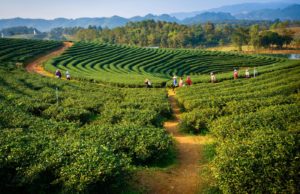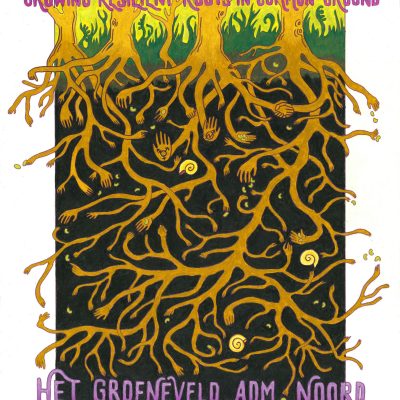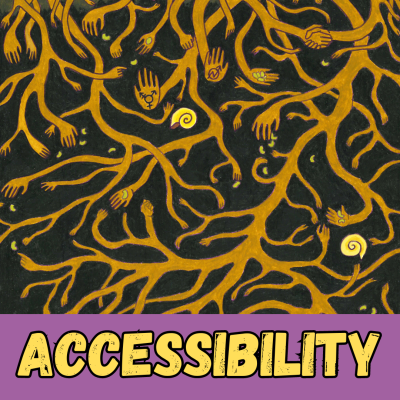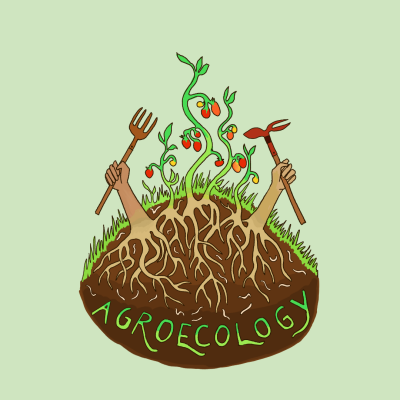Study of agroecological cases;
Introduction: monthly article on Agroecology successful practices.
In these monthly bulletins we’ll briefly highlight some examples where agroecological practices, and therefore synthetic fertilizer free, are succeeding.
The aim of sharing this information is to spread the knowledge of different projects where there are not only relationships between agriculture and environment but also between food systems and society.
These articles will include general information of the projects, communities and regions from an independent and critical point of view.
This
Agroecology successful practices Nº1:
Sikkim, a transition to agroecology is not only possible but necessary
Sikkim is a state of India in the Hymalayas. It is well known for being the first indian state certified as fully organic according to FAO.
The journey of conversion from industrial to organic agriculture started 25 years ago during which different policies towards a free chemical fertilizer and agrobiodiversity model has been implemented. Delegation of Sikkim, led by Chief Minister Pawan Kumar Chamling, explains that this transition is not simply fortune of an Indian state but years of politics in favor of small scale solutions for local economies and environment.
In words of Prem Das Rai, Indian scientist and member of the Sikkim Parliament: “To understand the success of the Sikkim model we must begin by stating that our party, the Sikkim Democratic Front (SDF), has been in government for 25 years. This fact is important because the transition to organic production isn’t the kind of policy that can be implemented in the short-term, but requires many years“.
However, it is not only politics that leads Sikkim successfull. Education pays a key role. In words of Khorlo Butia, secretary of Sikkim’s department of agriculture, “Already at primary school, in fourth and fifth grade, we’ve introduced modules on organic agriculture, to explain its function, the process of certification in the larger context of human development”.
Sikkim is a clear example that an alternative to industrial agriculture is not only necessary but also possible (https://www.lifegate.com/people/lifestyle/agroecology-fao-navdanya-international). It is not only a benefit for the environment itself but also an improvement of health and quality of life.
Sikkim model has been already spreaded away. One example is the project of converting the Himalayas completely to organic agriculture. This project is in collaboration with the Earth Univeristy of Navdanya, an organisation founded by Vandan Shiva.
Find more in the links related below:
- https://www.navdanyainternational.it/en/news-navdanya-international/604-100-organic-sikkim-lifegateen?idU=1&utm_source=newsletter_85&utm_medium=email&utm_campaign=press-release-food-for-health-international-meeting
- https://www.lifegate.com/people/lifestyle/sikkim-organic-agriculture-model
- https://www.lifegate.com/people/lifestyle/pesticides-world-navdanya-international
- https://www.lifegate.com/people/lifestyle/agroecology-fao-navdanya-international
- https://aseed.net/en/feeding-the-world-with-organic-agriculture-not-easy-but-it-is-possible/










